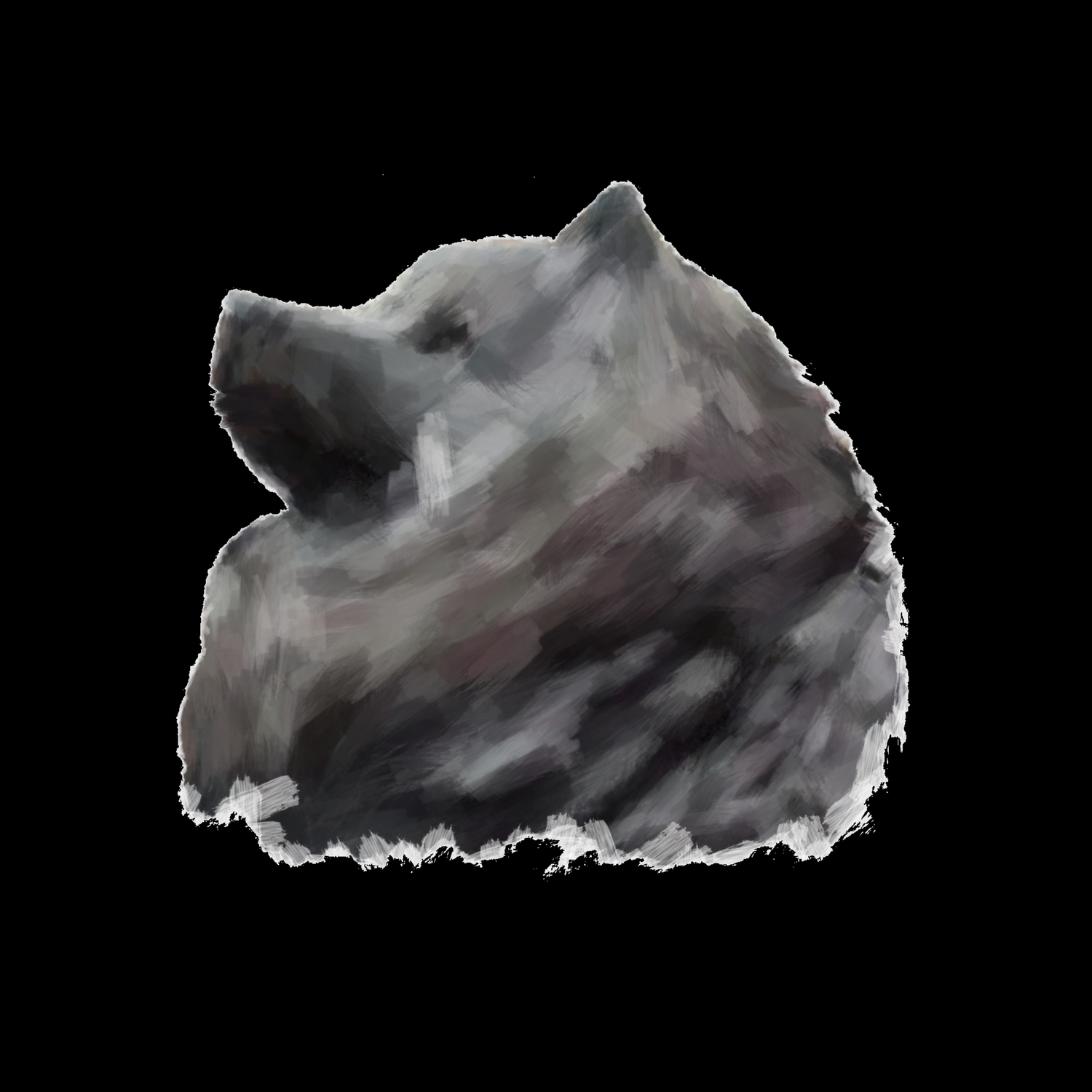Windows One, Happy Birthday.
Windows One, Happy Birthday.
Windows version 1.0, which did not set the world on fire, became 35 years old a couple of weeks ago. You have to wonder if there is a machine in existence that runs it. I have a few remembrances about Windows 1.0 that I'd like to share for the first time in a decade.
First of all, Windows 1.0 was useless. But it was strangely interesting at the time. After all it was 1985. Novelty was king.
To run it you had to have a special graphics card. When compared to DOS it did look better although it was not as attractive as the Mac OS or anything done since including the first Linux GUI's.
Steve Ballmer made a hilarious video acting like a used car salesman promoting Windows. It’s worth finding as it may be floating around the net.
When Windows 1.0 shipped in 1985, the product had its sights not on the Mac but OS/2 which Microsoft was co-developing with its then partner IBM. Microsoft decided that the success of OS/2 was not in the best interests of Microsoft. So it did this parallel development. OS/2 finally appeared in 1987. Microsoft bailed from the joint venture in 1992 to concentrate on Windows 3.
What is forgotten is that in 1983 when the product was first announced, it was a panicky reaction to the 1982 Comdex announcement of VisiOn by VisiCorp which was a similar shell idea.
When VisiCorp showed VisiON as a radically new user interface it looked as if VisiCorp,, the leading software company at the time, was going into the operating-system business. Microsoft (aka Bill Gates) freaked, since it owned the desktop OS space.
What to do? Well, one thing you might want to do is announce something similar, so when the next Comdex rolled around in 1983, Microsoft did just that. And then the story begins to get weird.
A month before the Microsoft announcement, VisiON shipped and went nowhere. Microsoft must have noticed this, as it coincided with the GUI-centric Apple Lisa in 1983, which sold zilch computers. At the same time, the Xerox Star, the progenitor of the entire GUI computing concept, wasn't setting the world on fire, either.
I've always been convinced that Microsoft would have dropped the whole GUI idea completely after these failures. It was Steve Jobs who kept the hope alive. Once his engineers redesigned the Lisa as the Macintosh in 1984 and got a huge buzz (and managed to keep the Mac division the center of attention), Microsoft began to take the GUI seriously.
Meanwhile, other players were jumping into the game and putting even more pressure on Microsoft. In July of 1985, the GEM OS appeared. This code from Digital Research, a company screwed over by Microsoft in many ways, would evolve into a solid mouse-centric OS that gathered some steam before Microsoft headed it off. GEM eventually gravitated to the Atari PC and lost its foothold in the business world.
The eventual Microsoft product was never going to be called Windows. Some marketing guy in the company came up with the name. It was originally called Interface Manager. The thing wasn't even designed as an OS but a shell program that would have a zippy GUI and be able to manage all the device drivers through a common API.
People forget that during the 1970’s and 1980's device drivers for peripherals were a nightmare. Most of them the user had to code themselves. “Interface Manager” nee Windows would smooth out the problem.
Windows 1s!
The 1985 Windows roll-out centered around huge “celebrity” roast of the product at the 1985 COMDEX. I was hired to host as roastmaster. The idea was that the product was so late, humor needed to be injected.
Like all roasts the material was professionally written by a bank of comedy writers who I gathered. It was typical “roast” jokes. One guy, the then CEO of Businessland (long since defunct) refused to use the professionally written material and decided to do his own presentation. He didn't even try to be funny and I suspect he didn't know what a roast was.
Everyone else played along and it was quite humorous. I recall one of my lines: “When they began coding the product, Steve Ballmer had hair,”
One curiosity from the event is that Microsoft wanted to have fog envelop the rollout and had about a dozen buckets of water into which they tossed dry ice. The air is so dry in Las Vegas, the event venue, that the water vapor dissipated and produced no fog at all. It was quite funny as everyone was baffled by the phenomenon.
The original product came with various small programs such as a calendar, calculator, clock and notepad plus a few games. These evolved into what are now the accessories.
A slew of interim versions of Windows products, many collectible (I think), were rolled out before the product began to get traction. It all led up to Windows 95, now 25 years old, which catapulted the OS into prominence and pretty much changed the world of computing.
Microsoft played with the idea of chip specific versions of Windows with Windows286 and Windows386. This confused the public and ended fast.
At one point the company talked a big game about making the software portable and had versions running on the PowerPC chip and other non-Intel platforms. This idea was eventually scrubbed too.
Happy Birthday Windows!
*Editor’s note, this is a reprinted article from The Oasis.



